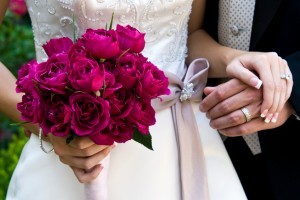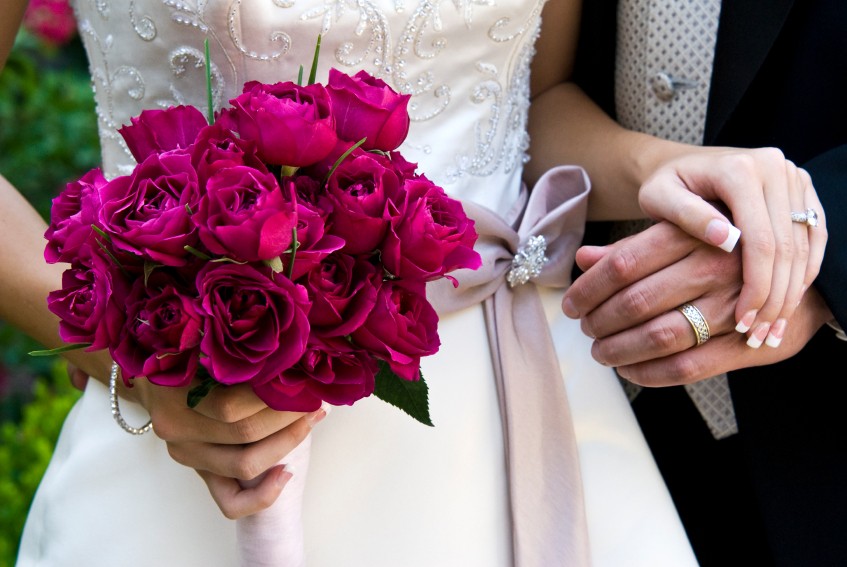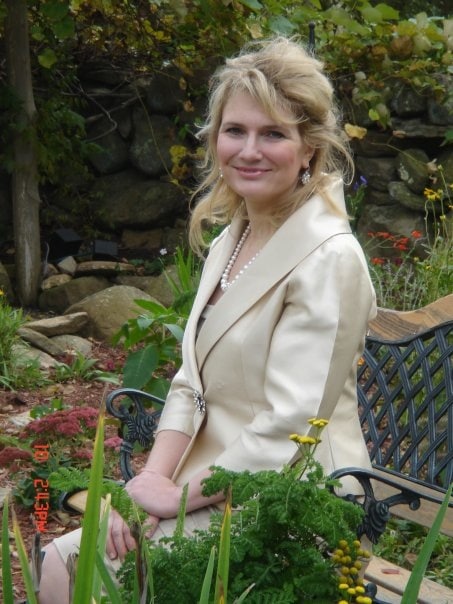
Most of my clients have been to a good number of weddings, both religious and secular, by the time that they marry. However, they generally can’t remember much about the ceremonies in aggregate. Sometimes a bride and groom can point to ceremony components they found off-putting, but there isn’t much recollection beyond that. Likewise, while there is a vague sense of the flow of the ceremony, couples can’t remember the particular parts of the ceremony. All of this leads to anxiety about how their ceremony will unfold.
To calm their jitters, I have prepared a little cheat sheet that describes the basic outline of the ceremony. This is the template that I use in having dicussions with couples about their weddings. Other officiants may have an alternative approach or outline, but hopefully the “Cliff’s Notes” below will be of value to those planning their wedding ceremony…..which, after all, is the most important part of the celebrantion, in my opinion!
Processional: The most common format is the bride walking down the aisle with her father. Sometimes she is escorted by both her father and mother. From time-to-time, the bride processes on her own (or possibly with another male or female relative). Based on the bride’s preferences, the question is asked, “Who gives this woman in marriage,” to which the answer is usually, “Her mother and I do.”
There are several ways that the groom may process. Often the groom and his groomsmen will come to the altar area from a side entrance or side aisle. Alternatively, the groom may wait at the front, while the groomsmen escort the bridesmaids down the aisle. The Jewish custom is for the man to process down the aisle with his father or mother. Obviously anyone from any perspective can choose this option as a way to honor his parents.
Introduction: This is basically where the officiant welcome everyone and begin to set the stage and mood for the ceremony. This will be the place where couples can thank particular guests, like parents, silbings and friends, who have been important throughout their lives and during the planning process. Increasingly, couples are choosing to pause, in the beginning of the ceremony, to honor loved ones who have passed. Certain brides and grooms like to include a ritual, such as a candle lighting, that more formally recognizes the loved one(s) who are gone.
Your Love Story: Not all officiants include highly personalized details about the couple’s love story in the ceremony script, but this narrative component is a hallmark of a ceremony led by a Certified Life Cycle Celebrant. Through written questions and coversations, these words are crafted to reflect the funny, light moments of the early romance as well as the more powerful ideas that brides and grooms have about their partners, the institution of marriage, and their future together. Simply stated, there are no more powerful words in a wedding than the ones coming from the honorees. To reiterate, the narrative piece, in style and level of detail, is always of the couple’s choosing. Most brides and grooms are thrilled with this part of the script, but there are certain people who feel the information is too personal for a public ritual.
About Marriage: This is the point when the groundwork is being laid for the heart of the ceremony….the promise making. This section talks about marriage and commitment in a more general and theoretical way. It may include poems or other writing, based on the couple’s wishes. I work with couples to try to zero in on what makes sense for this section asking questions such as these: “Are there words that you have read or shared with each other that are particularly meaningful?” “Do you have favorite writings or a style of literatrue you find most compelling?” “Is there a theme or idea (family, adventure, friendship) that you’d like to emphasize in this section?” Zeroing in on the perfect words is a process and to offer easy access to a number of writings that may strike the couple’s fancy, I’ve put together a simple online tool with scores of readings.
Declaration of Intent: There are three sets of vows during a standard, relatively formal ceremony. The first little set is called the “Declaration of Intent.” The Declaration is a short set of questions, normally about four or five lines long, where it is confirmed by both the bride and groom that each enters into this marriage of their own free will. Some people find that the Declaration of Intent seems redundant given the traditional vows, but I like it.
Reading or Ritual: A couple can certainly straight from the Declaration of Intent into the longer vows. However, a reading or ritual can add drama before the next phase of vows. Carefully chosen rituals or readings add a personal flair to the ceremony and also create an opportunity to include special family members and friends in the ceremony. As in the case of readings, there are many wonderful choices for interesting rituals in the ceremony. I try to work with couples to discern what makes sense for them in ritualmaking with questions along these lines: “Are there particular individuals you’d like to honor by inviting them to participate in a ritual?” “Are you interested in using a ritual tied to the religious/ethnic background of one or both?” “Is there some notion (unity, sharing, and so on) that you wish to convey by ritual?” Again, I have an online catalog of choices a couple may peruse for inspiration.
Primary Vows: This is it! The vows can be ones that you write or others you have selected. Usually when couples write their own vows, they speak them directly to each other. Most couples I work with don’t write their own vows but use ones that are already written in a “call and response” format, where I say a line and you repeat it: “I, Bride, take you, Groom, to be my wedded husband” (repeat) etc. etc. The other alternative is that I read the entire vow and then you say “I do” at the end. Vow samples are also available online.
Ring Exchange: I normally include a paragraph or so about the symbolism of the rings. If there is anything special about the rings (family gems, special design, or interesting stones, for example), we can state it there. The transition statements are followed by ring vows, usually about 5 lines in length and normally done in a “call and response” format. As an aside, the European couples that I work with often prefer to combine the traditional verbal vows and ring vows into one overall statement.
Vow of Community Support: The Vow of Support may be standard fare in all weddings, but most of my couples like it once I introduce the concept. This is a community promise, after the bride and groom exhange their words, where I ask if the guests will do all that they can to help the couple honor the promises just made. The congretation then responds with an enthusiastic, “We Will!””
Remembrance of the Day: I like to include a little paragraph, as we are climaxing to the Declaration of Marriage, about the significance of the day, encouraging the bride and groom to rededicate themselves to their commitments on each wedding anniversary.
The Charge or Closing “Blessing”: This is where we say a few words of well wishing and send you on your way. It can have religious orientation, or not. Many ethnic and religious groups have special blessings offered to brides and grooms which can be incorporated into the text. For instance, several of my Jewish couples have used some version of the traditional Seven Blessings. Likewise, Irish couples have a wonderful set of familiar blessings that enliven the end of the ceremony.
Pronouncement/Declaration of Marriage: This is the highly anticipated section where I say, “You have come here today and stated your desire to be married……..By the authority vested in me….,” climaxing with the Pronouncement of Marriange. Brides and grooms are invited to seal their promises with a kiss. Some people like to prolong this emotional peak by having an introduction, “Ladies and Gentlemen, may I be the first to introduct Mr. Michael and Kristin Smith.” (We can work on different wording if the couples will not be using the same curname.)
Recessional: The End! Cheers! Dancing & Feasting!
Finally, I have a longer wedding ceremony “owner’s manual.” Should you wish a copy, please email me at info@weddingsbysarahritchie.com.

Wedding 101: A Summary of the Order of Ceremony

Welcome
Whether your wedding is an impromptu affair or has been months, or even years, in the making, I want to help you fashion a ceremony that reflects your history, philosophy, creativity, personality, and style – as individuals and as a couple.
Let’s craft a wonderful, meaning-filled ceremony that expresses the most significant aspect of your lives…one that recognizes the profound commitment you are making, as well as the sheer joy of the occasion.
